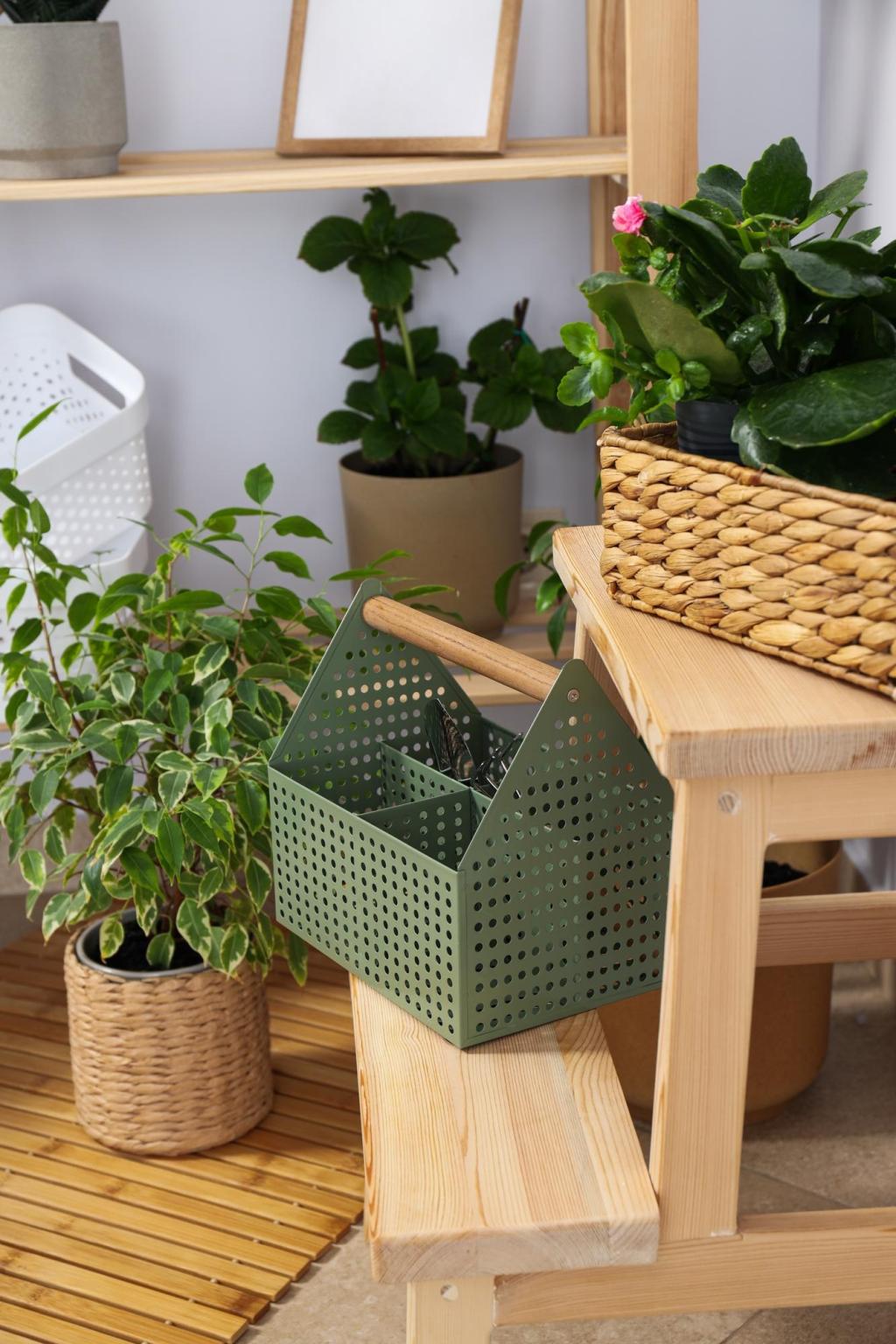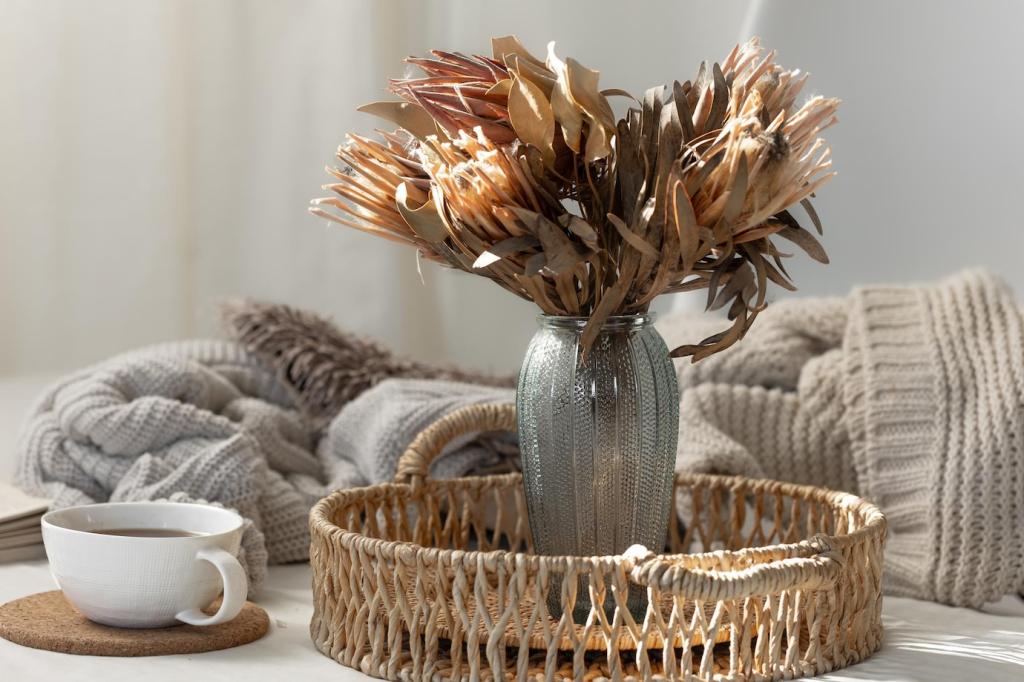Start With Sustainable Materials
Bamboo and cork grow quickly, regenerate naturally, and bring an organic softness underfoot. Bamboo offers strength and calm, while cork warms sound and temperature. When you pick durable, fast-growth materials, you reduce pressure on slow-growing forests. Tell us where you’d use bamboo or cork first—floors, walls, or playful accents.
Start With Sustainable Materials
A dining table made from reclaimed barn beams can spark conversations for years. You’ll see nail holes, weathered grain, and history in every line. One reader wrote about salvaging a warehouse door into shelving that became her favorite backdrop for family photos. Share your best reclaimed find in the comments.





